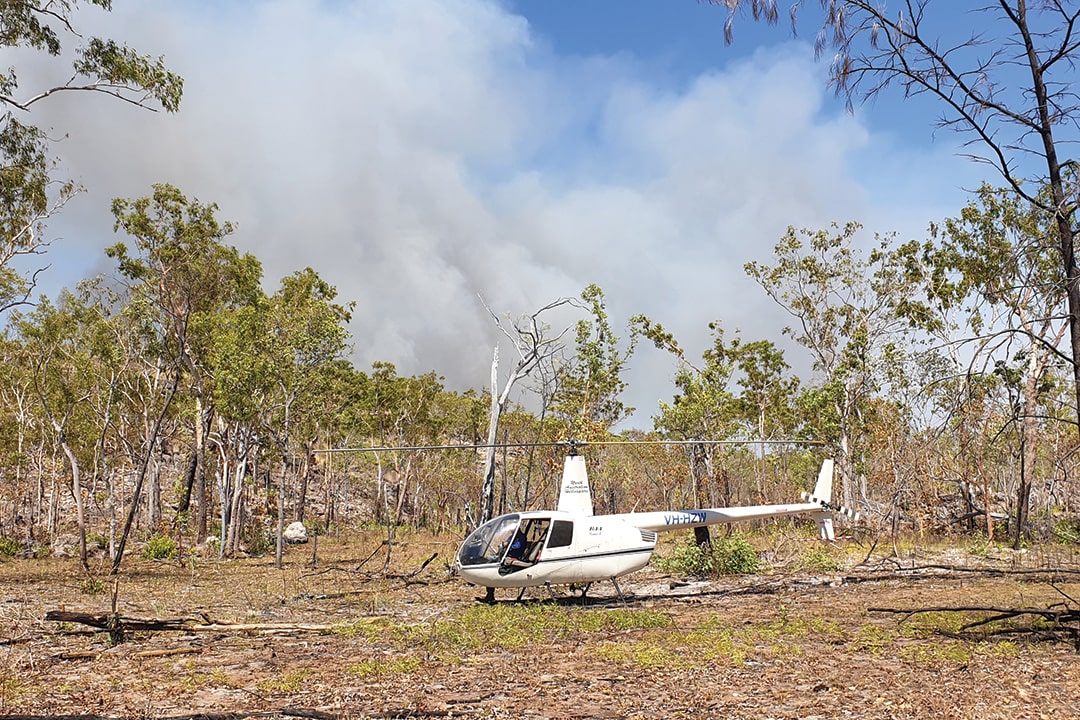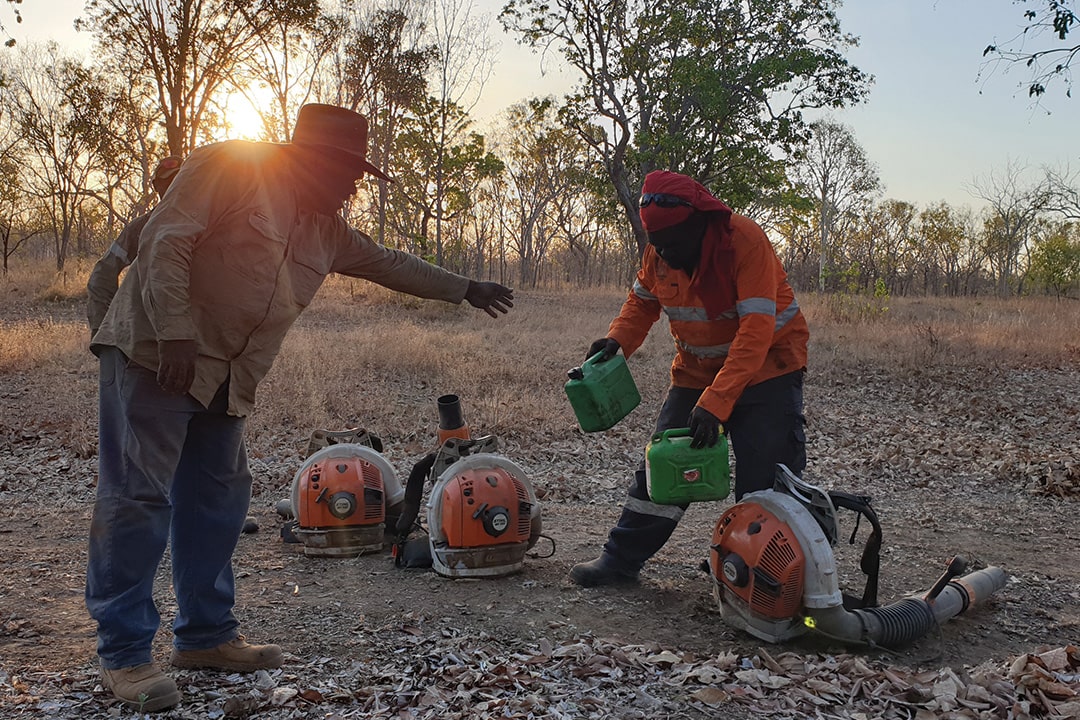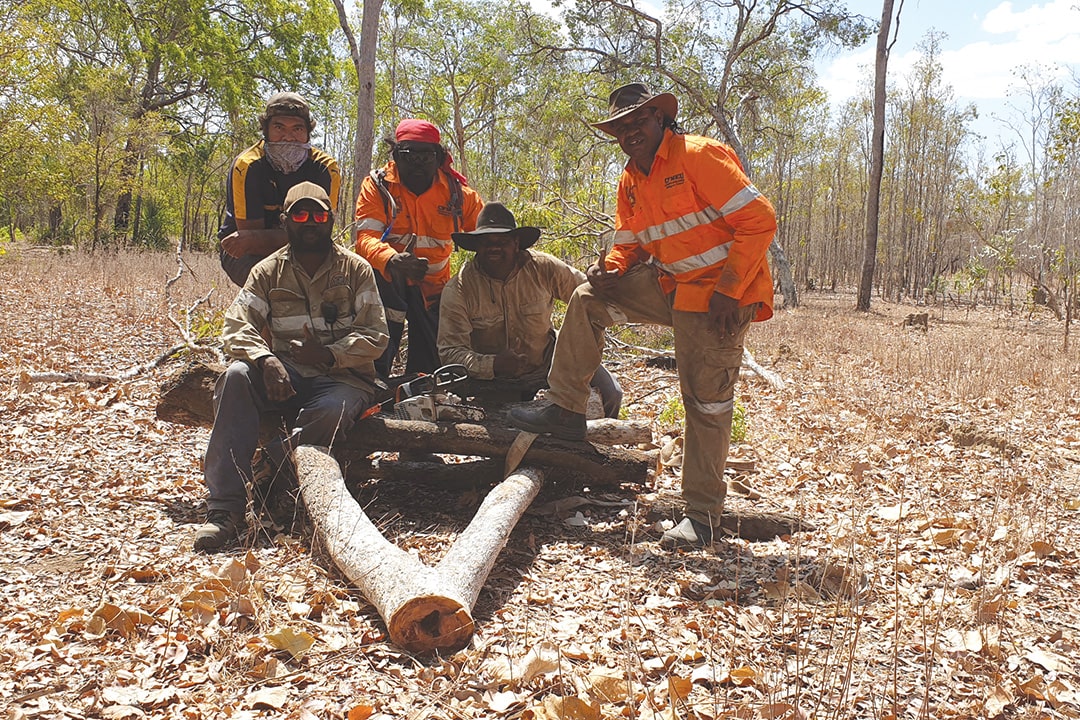Bushfires have dominated national headlines in the last few months of this year, with an unprecedented number of uncontrollable fires that have scorched large swathes of bushland, destroyed homes and claimed lives across Australia’s southern and central regions.
The fires have come bigger, faster and stronger at a time when southern land managers are usually preparing for the summer bushfire season.
Firefighters across the affected areas say this is part of a noticeable trend where the traditional bushfire season is coming earlier and lasting for longer, sparking renewed calls for serious conversations about the climate change adaptation and mitigation.
In the north, the Jawoyn Rangers and other Indigenous ranger groups across Arnhem Land can see the effects changing climate is having on fires.
There have been massive bushfires sweeping across huge areas of land in the Kimberly and the Arnhem Land plateau’s stone country. But with the minimal threat they pose to lives and property they remain largely unreported to the wider public.
Off the back of a very poor wet season last year, the country has been hotter and drier than it has in the past and late dry season fires, which traditionally run from August to December, have burned hotter and with more power than ever before.
In previous years, late fires have been contained once they reach a creek or river, or when they hit areas that have been burned during the early dry January to July season.
Not this year.
It has been a very challenging late dry season for the Jawoyn Rangers and the fight is not over yet.
The 2019 Jawoyn fire strategy began in March with consultations involving around 70 community members and landowners across Jawoyn country.
These consultations are a vital opportunity for participants to look at fire maps from the previous year and discuss how much early burning is required across estates and land trust areas.
Given how thirsty country has been, the decision was made to do a lot of early burning to protect and prevent the late fires as much as possible.
Even with the early burning, Jawoyn Rangers have had to work very hard through the late season August, September and October months to suppress large wildfires and to stitch-up gaps at Manyallaluk, Birdie Creek, Sleizbeck, Conways, Snowdrop and Flying Fox.
It has been hot, hard and challenging work as fires jump boundaries and are sparked in new areas.
The full time ranger team along with 20 casual workers have put in an outstanding effort working day after day, week after week in tough conditions.
Even after fires have gotten away from them, they’ve kept battling the blazes on the ground and in the air, creating fire breaks and working hard to get the fires under control.
The rangers have responded every time they’ve been called out, weekends and all, and have endured long days and nights spent at temporary base camps in order to monitor the fires, to backburn to stop them from growing and spreading.
Their combined effort and teamwork have been outstanding and, importantly, there have been no serious injuries.
The association is very proud of the work the rangers and casuals do to protect Jawoyn country – and the landowners and members are extremely grateful for their hard work.




